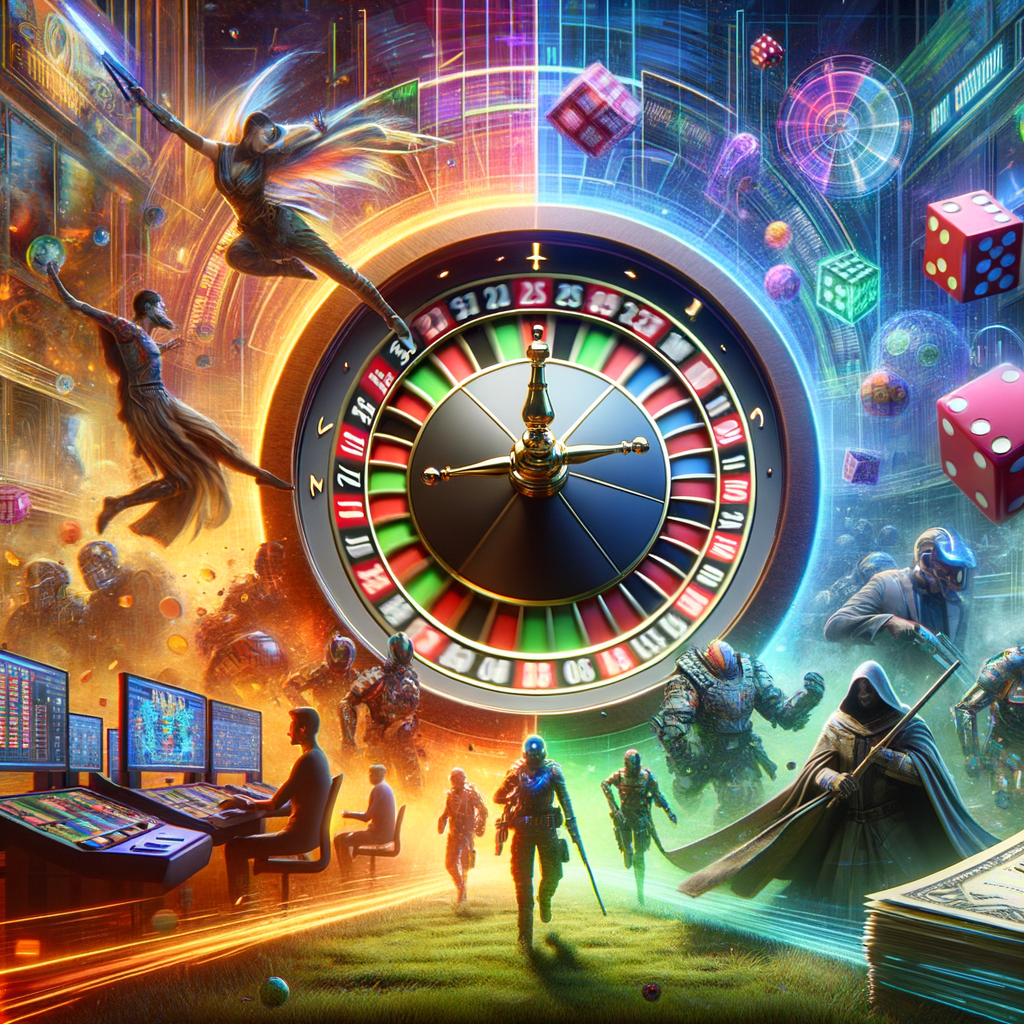Understanding CS2 Gambling
Counter-Strike 2 (CS2) has not only captivated gamers with its intense gameplay and vibrant graphics but has also fostered an ecosystem where gambling has become a significant topic of discussion. This phenomenon can be traced back to its predecessor, Counter-Strike: Global Offensive (CS:GO), which saw an explosion of gambling activities primarily centered around virtual items known as skins. As CS2 emerges into the gaming scene, it’s important to understand the intricacies of gambling within the game and its implications on the community.
The Evolution of Skin Gambling
To comprehend CS2 gambling, it’s essential to look back at the evolution of skin gambling in CS:GO. Skins are cosmetic items that alter the appearance of weapons within the game, and they range significantly in rarity and value. What began as a simple way to personalize gameplay quickly morphed into a booming virtual economy. Third-party websites sprang up, allowing players to gamble their skins in various forms, including roulette, coin flips, and jackpot games. The allure of potentially winning rare and expensive skins attracted countless players, turning skin gambling into a multimillion-dollar industry.
The Legal and Ethical Quandaries
The rise of skin gambling in CS:GO brought with it a host of legal and ethical challenges. Many of these gambling sites operated in a legal gray area, often lacking proper regulatory oversight. This led to concerns about the fairness and transparency of the games offered, as well as the potential for underage gambling. The lack of age verification measures on many platforms meant that younger players could easily participate, raising ethical questions about the responsibility of game developers and gambling site operators.
In response to growing concerns, Valve Corporation, the developer behind Counter-Strike, took steps to curb skin gambling by sending cease-and-desist letters to gambling sites and implementing changes to the Steam platform to restrict the transfer of skins. However, these measures only partially addressed the issue, as new sites and methods of gambling continued to emerge.
CS2 and the Future of Gambling
With the advent of CS2, the gambling landscape is poised for further evolution. While the game is still in its early stages, the potential for gambling remains, especially if skins or similar items are introduced. The lessons learned from the CS:GO era could influence how developers and regulators approach gambling in CS2.
One possible approach is for developers to take a more proactive role in regulating gambling activities. This could involve implementing stricter controls on the trading and transfer of in-game items or even partnering with legitimate gambling operators to provide a safe and regulated environment for players who wish to gamble. Additionally, developers could focus on creating educational campaigns to inform players about the risks associated with gambling and promote responsible gaming practices.
Community Impact and Player Perspectives
The gambling aspect of CS2 has a profound impact on the community, influencing not only how players interact with the game but also how they perceive the gaming experience. For some, the thrill of gambling adds an extra layer of excitement, while for others, it detracts from the core gameplay and fosters a toxic environment.
Players who engage in gambling often experience a rollercoaster of emotions, from the highs of winning rare items to the lows of losing significant virtual wealth. This can lead to addictive behaviors, with some players finding themselves spending excessive amounts of time and money on gambling activities. The community is divided on the issue, with some advocating for stricter regulations and others arguing for the freedom to engage in gambling as they see fit.
The Role of Content Creators and Influencers
Content creators and influencers play a crucial role in shaping the narrative around CS2 gambling. Many popular streamers and YouTubers have historically showcased gambling activities, often featuring high-stake bets and dramatic wins or losses. These videos can glamorize gambling and influence viewers, particularly younger audiences, to participate in similar activities.
As CS2 gains traction, the responsibility of content creators becomes even more significant. They have the power to promote responsible gambling practices and raise awareness about the potential pitfalls of gambling. By choosing to highlight the risks and encouraging healthy gaming habits, influencers can help foster a more informed and responsible community.
Conclusion
CS2 gambling is a multifaceted issue that encompasses legal, ethical, and community dimensions. As the game continues to develop, it will be crucial for developers, regulators, and the community to work together to address the challenges and opportunities it presents. By learning from past experiences and implementing thoughtful strategies, the gaming industry can create a safer and more enjoyable environment for all players, ensuring that the excitement of CS2 remains focused on the game itself rather than the risks of gambling.


